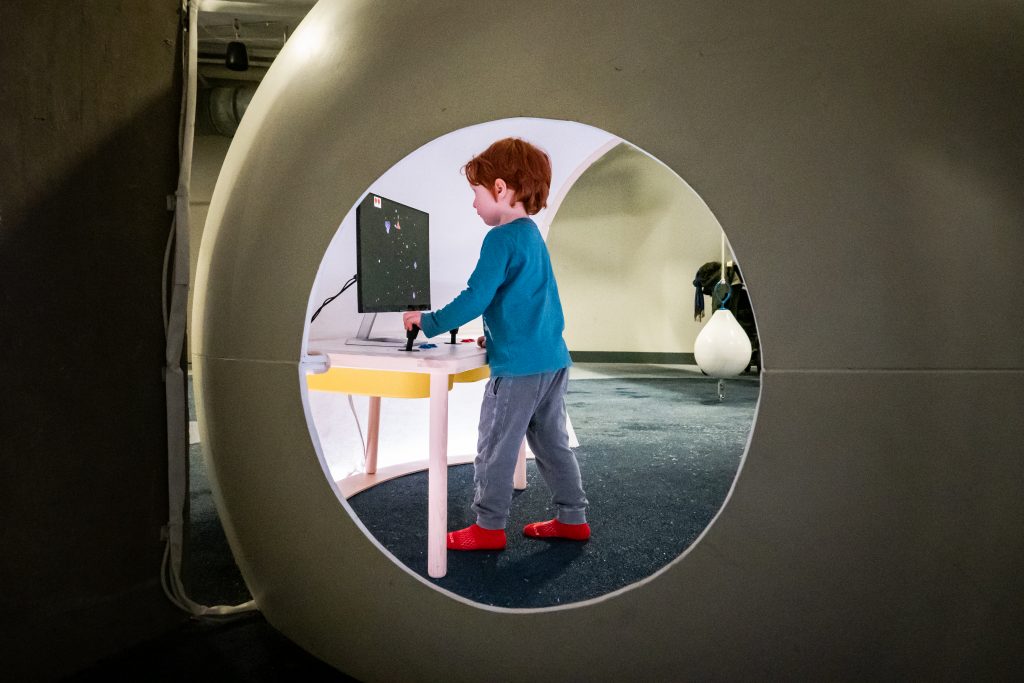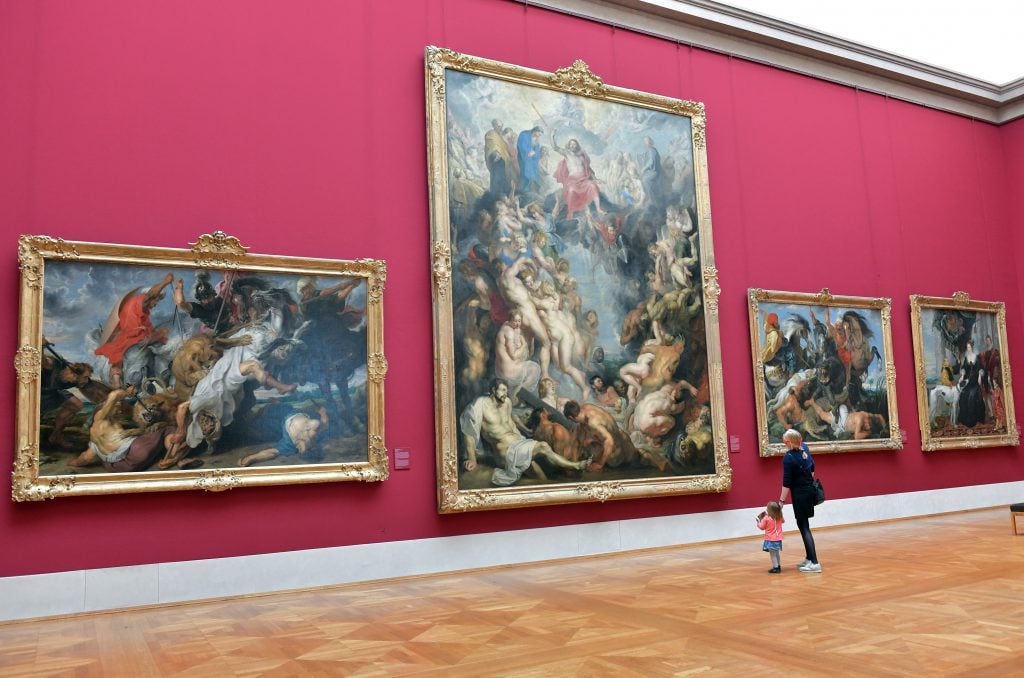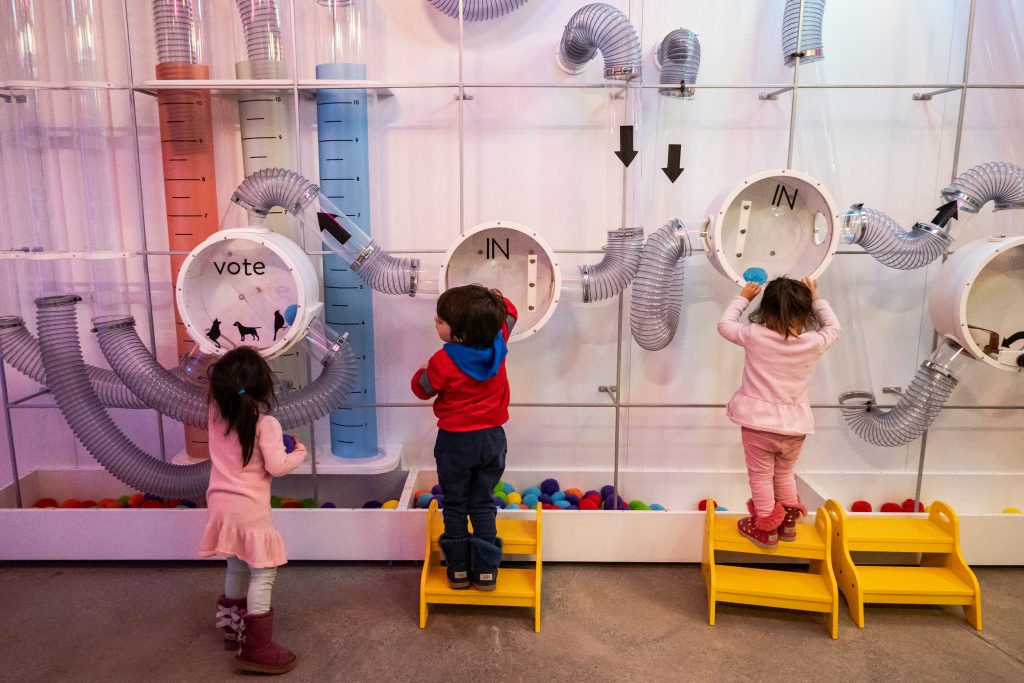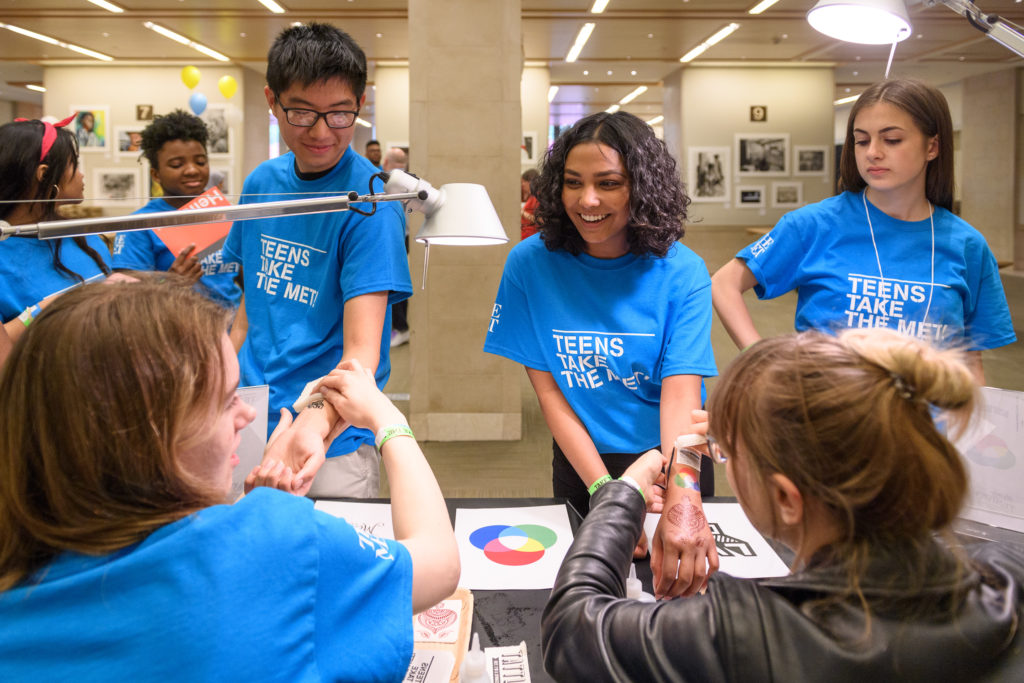Op-Ed
Public Schools Are in Crisis. Museums Can Help Fill the Gap—But Only If They Survive
The president of the American Alliance of Museums makes the case for boosting museum funding as homeschooling drags on.

The president of the American Alliance of Museums makes the case for boosting museum funding as homeschooling drags on.

Laura Lott

The formal education system is in peril. Museums in every community can help fill the gap—but unless we act quickly, thousands of cherished institutions will close forever.
Due to COVID-19’s grip on the country, many school systems are engaging students virtually to safeguard the health of their students, teachers, and communities. Other school systems have or will be opening their doors, some think prematurely, and causing many families with means to consider alternatives to the classroom environment until the coronavirus is under control.
For most families, homeschooling and private tutors won’t be an option. Teachers and parents alike are scouring the internet for curricula, lesson plans, and teaching tools—high-quality and affordable educational material to help students get through the school year in front of a computer screen.
There are some green shoots across America’s otherwise barren summer schoolyard. New resources are emerging to help teachers and families—but they’re not coming from Silicon Valley. They’re coming from your community museums. Always more than a field-trip destination, museums of every shape and size are quickly but quietly mobilizing to meet the emerging national education crisis.

Laura Lott, president and CEO of the American Alliance of Museums. Photo: Courtesy of AAM.
The Exploratorium offers a COVID-19 Science Spotlight with activities to explore and understand how viruses work. The Monterey Bay Aquarium provides “Learning at Home” activities for students to explore ocean habitats and the habitat in their own neighborhood. The Virginia Museum of Fine Arts suggests at-home hands-on art activities while exploring the museum’s relevant collections, virtually. And Mount Vernon’s “Be Washington” is an interactive leadership experience that confronts participants with the challenges George Washington confronted as president. In fact, so many museums have stepped into their education roles during the pandemic that a Museum Distance Learning Repository has been created to organize the thousands of resources available.
American museums spend more than $2 billion per year on education, with programs in every subject, often tailored to the needs of state and local curriculum standards. Museums are centers of learning, popular with people of all socioeconomic backgrounds, races, ages, educational levels, and political affiliations. From art museums to science centers, arboretums to zoos, aquariums and history museums, all play an important role in supporting the education of our children.

A mother with her daughter at the Alte Pinakothek on the first day the museum reopened to the public on May 12, 2020 in Munich, Germany. (Photo by Hannes Magerstaedt/Getty Images)
There are approximately 66,000 public elementary schools in the United States—and more than 35,000 museums alongside them in every inner city and rural town across the nation. Fifty million students attend public schools in the US—and 55 million students visit American museums each year.
A major museum like the Smithsonian’s National Air and Space Museum may have dozens of paid and volunteer educators and serve more than one million students per year through their programs—nearly as many students as the New York City Department of Education, the largest school system in the nation. These stats seem like apples and oranges—and they are in very important ways—but, let’s face it, apples and oranges have a lot in common when you’re going hungry.
Schools and museums are not the same. The nation’s 3.7 million teachers comprise the professional pedagogical backbone of our informed and engaged civil society. But these two communities share a common mission, and many common methods. As the otherwise-disparate statistics above show, museums stand as a ready reserve, with more than 300,000 hands on deck to help steady the ship in our current tempest. Museums represent the only educational system outside of our formal framework with the knowledge and people power to back up our teachers and parents on the front lines.

Children play in the Data Science Alley at the National Children’s Museum is seen on Monday, February 24, 2020 in Washington, D.C. (Photo by Salwan Georges/The Washington Post via Getty Images)
But the museum field faces a crisis of its own—at once more existential and yet far simpler to solve.
Within the next 12 to 15 months, we face the grim specter of losing 33 percent of all museums across the nation. Without direct near-term assistance from governments and private donors, one third of museums may not survive the financial fallout from the pandemic.
A survey of more than 750 museum directors, fielded in June before the most recent spikes of COVID-19, confirmed early estimates of the dire economic harm to museums caused by necessary measures to contain the pandemic, which are expected to continue as communities are struck with new outbreaks across the country.
Museums found themselves in this precarious position when revenue from admission, gift shops, special events and programs disappeared overnight as the pandemic shuttered all cultural institutions. Sadly, many will never recover—but we can stop the field from dwindling further if we act now.

A Teens Take The Met evening. Courtesy of Filip Wolak.
Museum advocates across the country have sent more than 50,000 letters to their elected officials to make it clear to that there is a desperate need for COVID-19 financial relief for the museum field. This relief is necessary for the future stability of our economy, our educational system, and our communities. The CARES Act assisted numerous museums to retain some of their staffs and maintain what operations were possible, however this funding has run out and we’re witnessing massive layoffs and furloughs that will have ripple effects throughout communities.
Of the museums able to reopen, more than 40 percent plan to do so with reduced staff—in most cases this includes reducing or eliminating the very education positions communities need most. Some museums have already cut their education staffs significantly.
Institutions will also need to spend additional funds to ensure public safety—even with a partial reopening, costs will outweigh revenue, and there is no financial safety net for many of these institutions. The distress museums are facing will not happen in isolation. The permanent closure of 12,000 museums will be devastating for communities, economies, education systems, and our cultural history.
Museums have quietly mobilized alongside our teachers and students, and unless we raise our voices now, many of those museums will quietly perish—we can take this simple measure on behalf of our children and their children, or we can pray their forgiveness for our inaction.
Laura Lott is the president and CEO of the American Alliance of Museums.